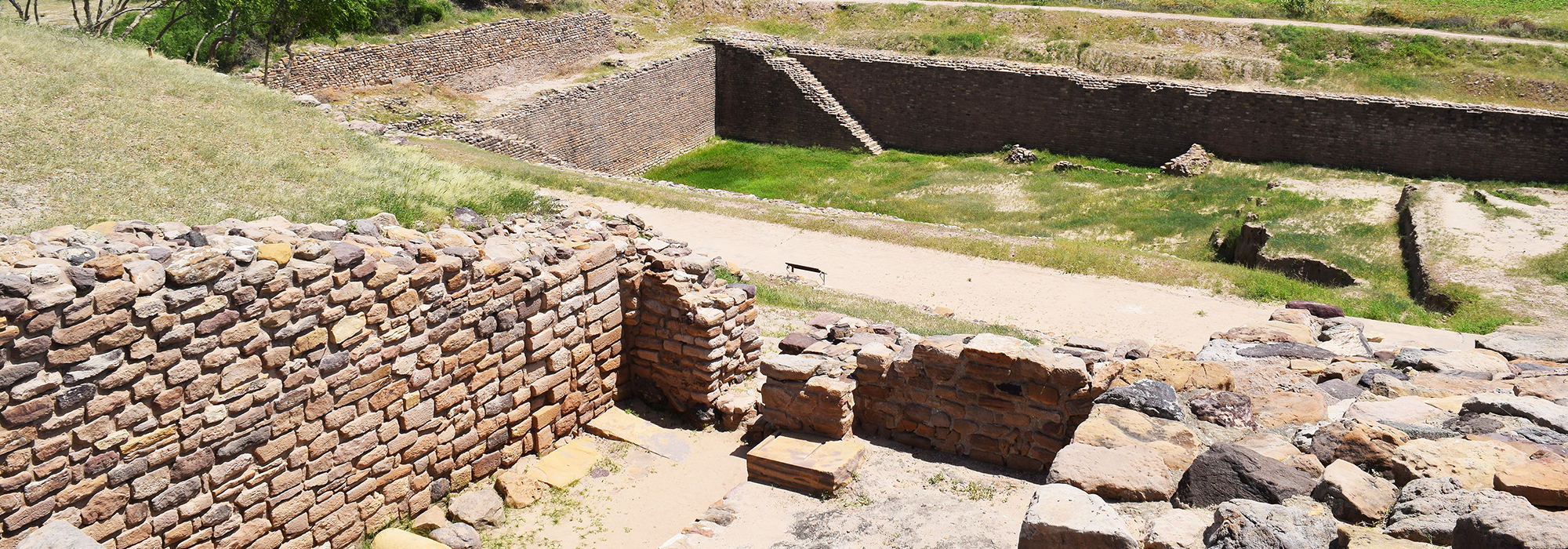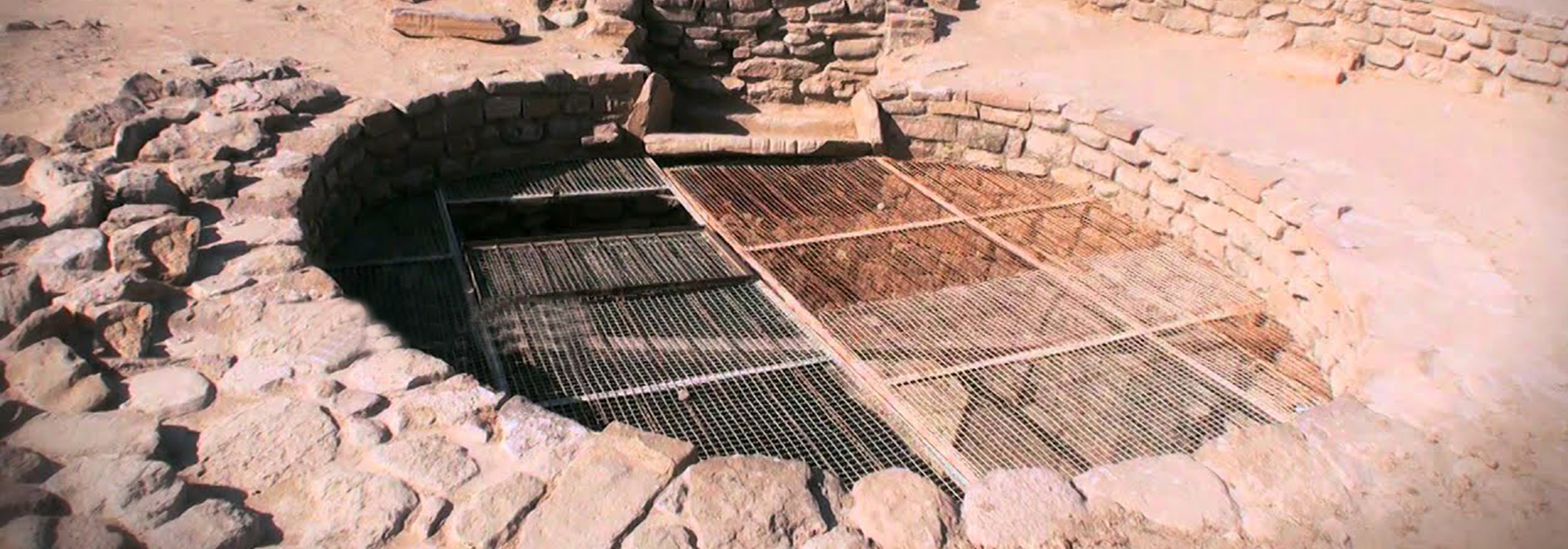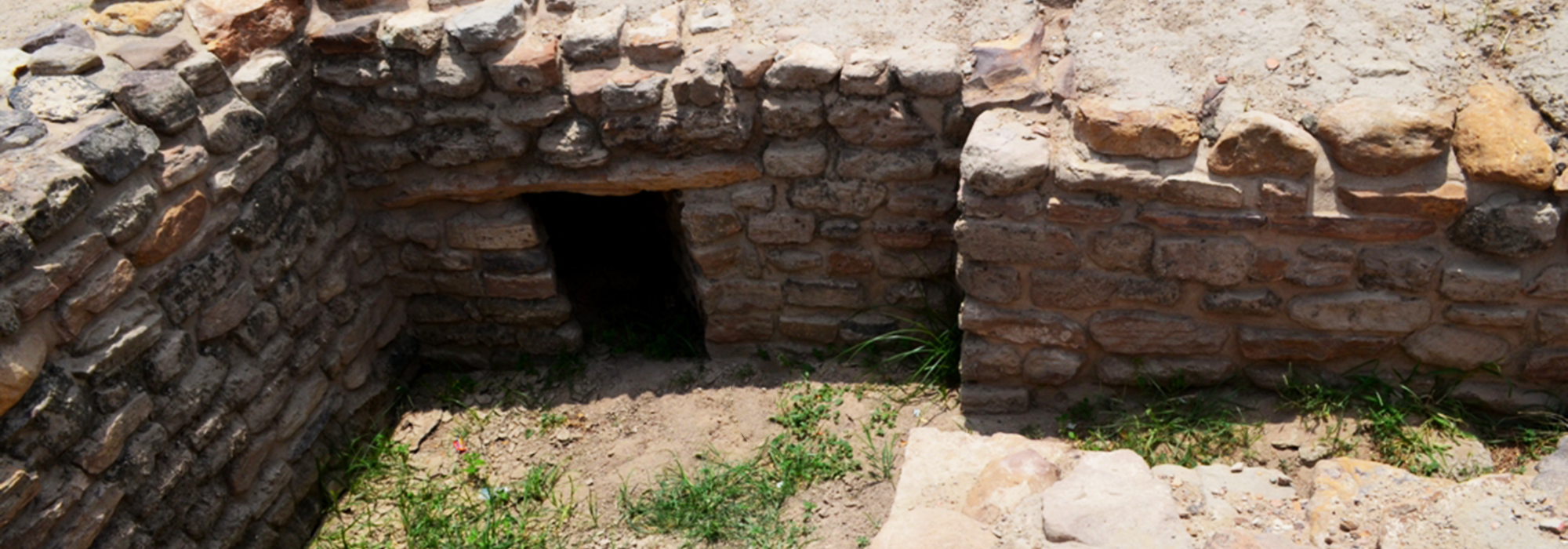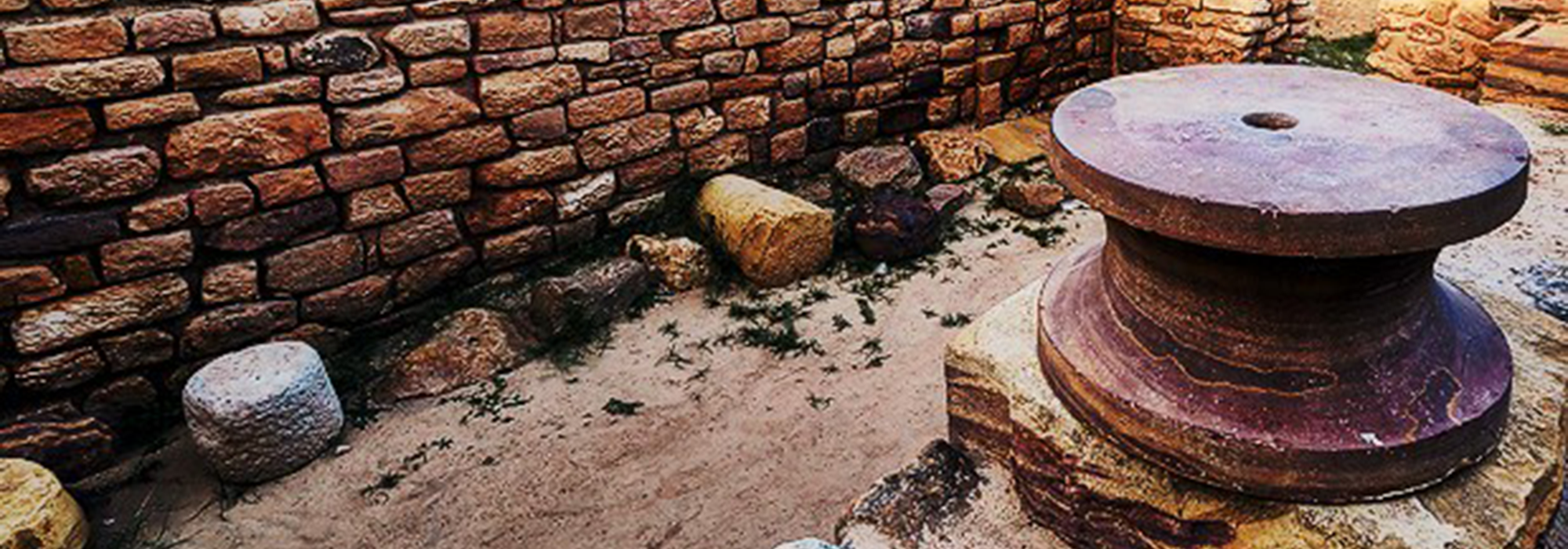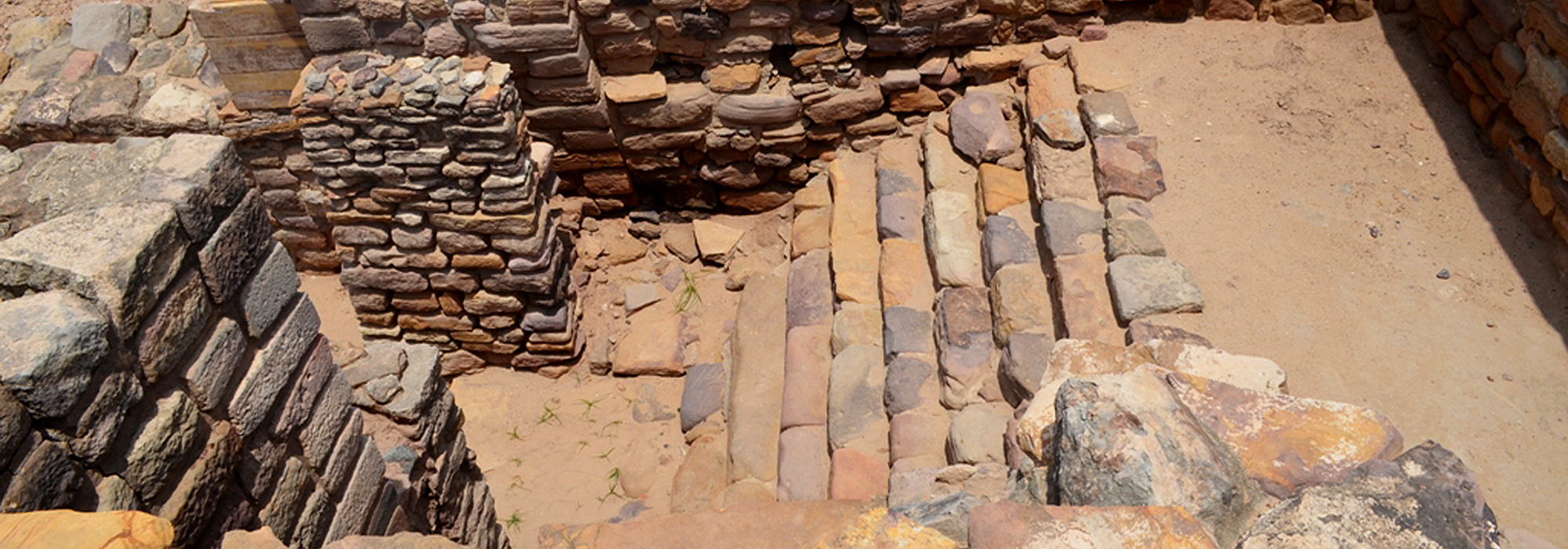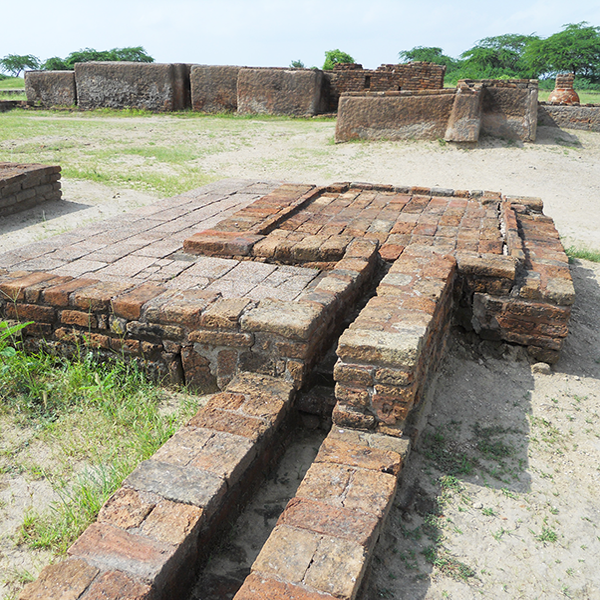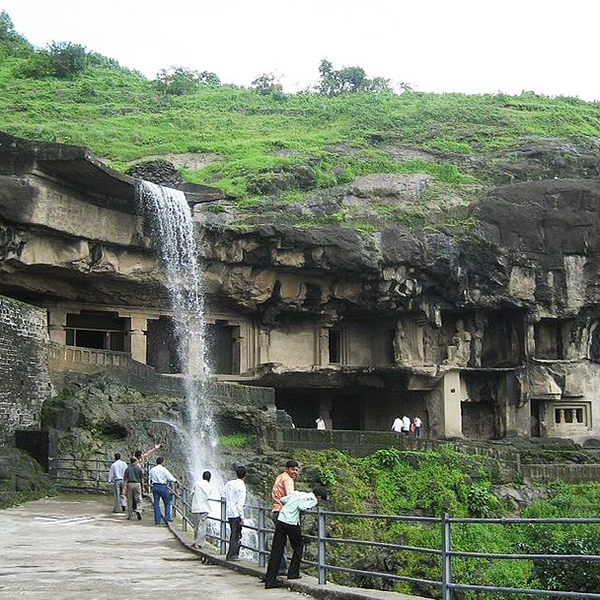Dholavira is an Indus Valley Civilization site at Khadirbet in Bhachau Taluka of Kutch District, in the state of Gujarat in western India. It is the fifth largest site out of the eight major Harappan sites in the subcontinent. It has evidence of all the features of a typical Harappan city such as a meticulous urban planning, monumental architecture, an efficient drainage system, and flourishing trade. However, its fame is more due to the existence of an extensive water-conservation system consisting of channels and reservoirs, which is the earliest found anywhere in the world. Also, this is the only Harappan city to have yielded inscriptions which have large-sized signs of the Indus script. Dholavira was also an important centre of trade between settlements in south Gujarat, Sindh, and Punjab and Western Asia as revealed by a large find of antiquities such as gold, silver, and terracotta ornaments, pottery and bronze vessels.
